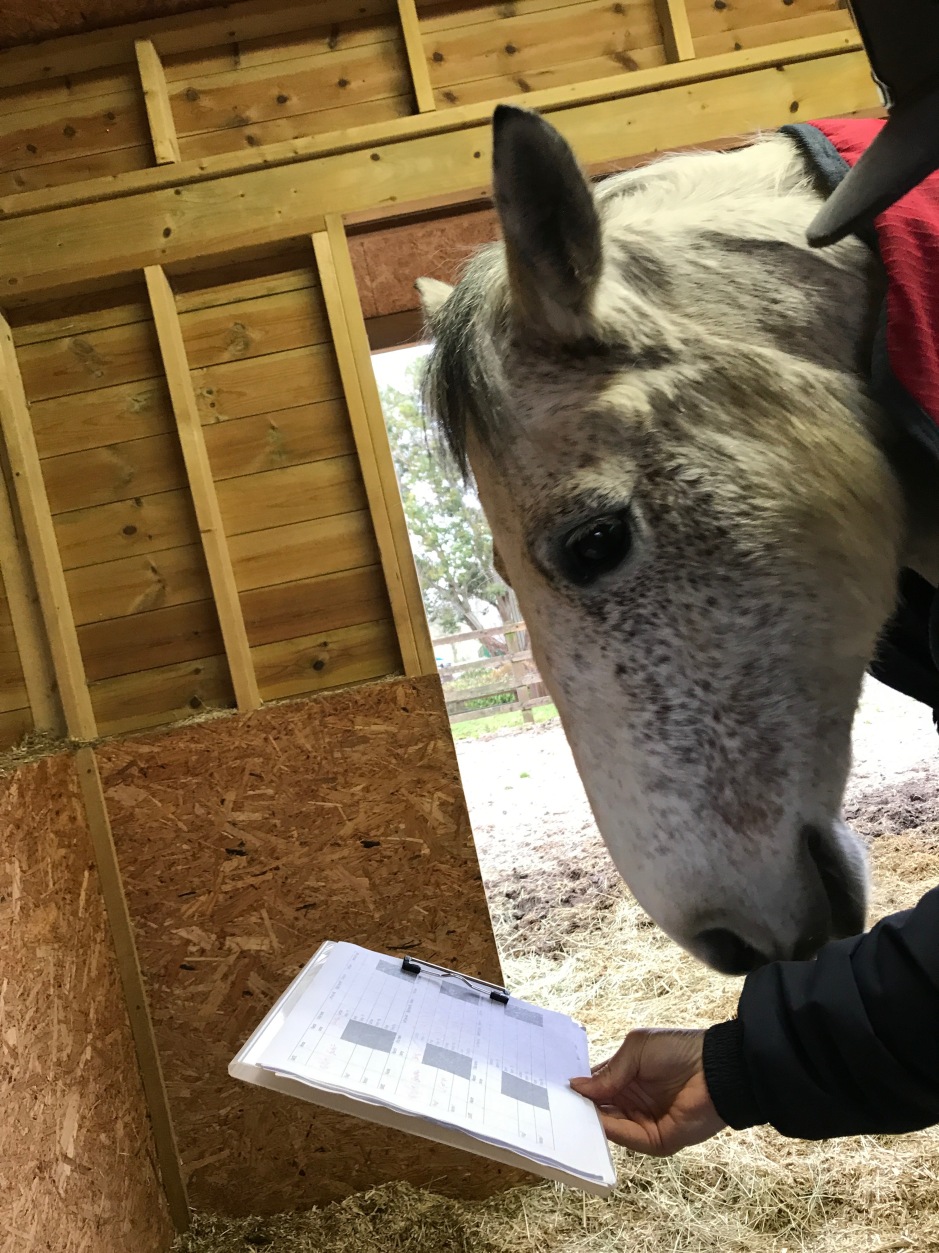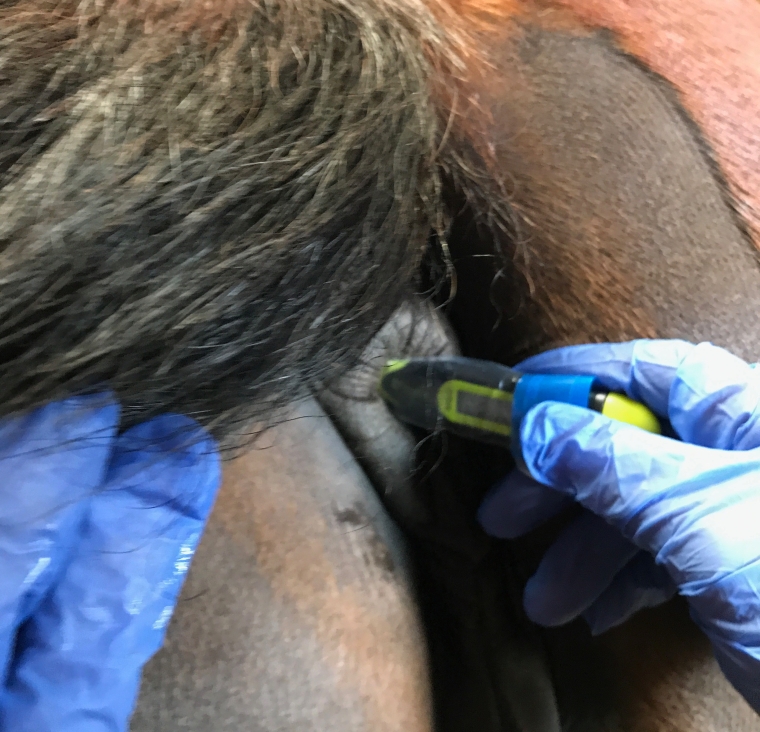The reference ranges used to interpret body temperature in both humans and animals appear to be inaccurate. Here we share our latest research findings, this time on horses.
The full post is available here: What is a “normal” body temperature? — Hot Dogs – heatstroke education for dog owners
Equine body temperature

Whereas a dog may try to escape, sit down, or worst case scenario bite should they resent having their rectal temperature measured, a horse can, and if suitably aggrieved will kick you. This can be catastrophic. So if you’re going to risk your life measuring your horse’s temperature, and there are plenty of reasons you should be doing this, we felt it our duty as scientists to ensure you have a means of accurately interpreting the result.
We started by trying to find the evidence behind the “normal temperature range” for horses. We failed miserably. Once again, whilst plenty of textbooks, websites and other studies investigating equine temperature all state what the normal temperature range for a horse is, none of them reported where this range came from. Similar to the situation in dogs, if you don’t know where a reference range came from – how many horses were included, what part of the world, what breeds of horse, who took their temperature, how was their temperature taken – how can you be certain it is relevant to your horse? The simple answer is, you can’t.

So we decided to establish our own reference range. The horses at our University Equestrian Centre are cherished; the team caring for them will (and have!) battle blizzards, tropical storms and heat waves to ensure these horses are fed, watered, comfortable and loved. Part of their routine husbandry includes temperature monitoring, and yes, being University horses they do have to work for their living, so they are often used in non-invasive research work like our study comparing rectal temperature to eye temperature (measured with a non-contact infra-red thermometer, and coming soon!). Working with Dr Carol Hall and Dr Anne Stevenson, we collated rectal temperatures taken from 41 of the horses on the yard, measured at rest during a number of projects and routine monitoring. This gave us over 600 resting, healthy horse temperatures, all measured with a digital rectal thermometer by a familiar person, in the comfort of their stable. Knowing the horses were relaxed and not stressed is important, as stress can influence temperature in horses and other species.
We used a statistical method to then determine our horse’s “normal” temperature range, basically the middle 95% of the temperature readings. On our yard, this was 36.0-38.0°C. The upper limit is particularly important, as it is around 0.5°C lower than most of the previously published normal temperature ranges for horses. When an animal’s temperature exceeds this upper limit of normal, they are considered to be hyperthermic, too hot. The temperature reading alone can not explain why the animal is too hot, but it is an important indicator that something isn’t quite right (or, the horse has been exercising or in a hot environment). The term pyrexia, or fever, describes an animal that is too hot due to illness, this could be an infection, inflammatory or painful process. A low grade fever is where an animal’s body temperature is just slightly increased above the normal range and can be an early indicator of disease. It is therefore important that the normal reference range is accurate, otherwise these early indicators of illness can go unnoticed.
It is worth noting again, that the method of temperature measurement used is really important to consider when assessing your animal’s health. True core body temperature can only be measured using invasive, or ingestible devices. Rectal temperature remains the most accurate estimate of core temperature in most animal species (thankfully in humans non-contact thermometers appear to be as reliable!), but even the depth of rectal thermometer probe placement can have an impact on the resulting reading. A difference of 1cm can impact the temperature reading in chinchillas, whilst inserting a probe to 15cm or deeper in horses is likely to result in a higher temperature reading being obtained. Whilst we have no published evidence to support our theory, we suspect inserting a rectal probe to 15cm or deeper may also increase your risk of being kicked, so our normal temperature range is based on a 5cm thermometer depth.
If you monitor body temperature in two different ways you will get two different results. We know ear temperature is typically 0.4-0.6°C lower than rectal temperature. So it is important that you use the same method of temperature measurement each time if you are going to monitor your animal for changes in body temperature. That said, if you are ever worried about your animal’s temperature, use a rectal thermometer as this is still the most reliable estimate of core body temperature. Also, see your vet. Both high and very low body temperatures can be fatal in all species, so if your animal is unwell DO NOT delay seeking veterinary treatment.
Our equine paper is available on the publisher’s site below, but does require a journal subscription:
Establishing a yard specific normal rectal temperature reference range for horses.
If you do not have access to the Journal of Equine Veterinary Science, then you are of course welcome to read the full article in the unfinished form below (this is the accepted manuscript, just not formatted into the journal’s style).
Establishing a yard specific normal rectal range horses FINAL.
We are hoping to recruit horses from all around the world to our next equine temperature study, so watch this space for further details if you would like your horse to take part!






